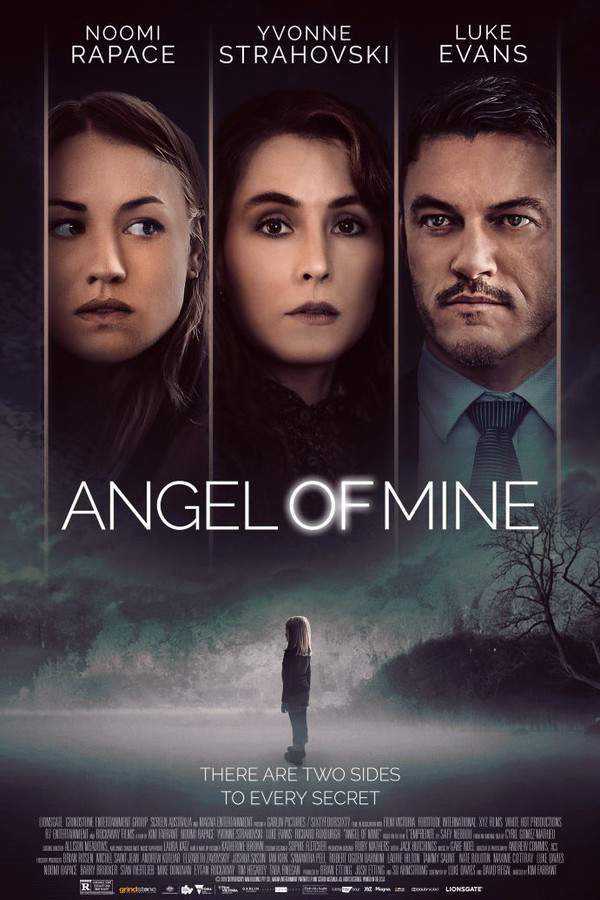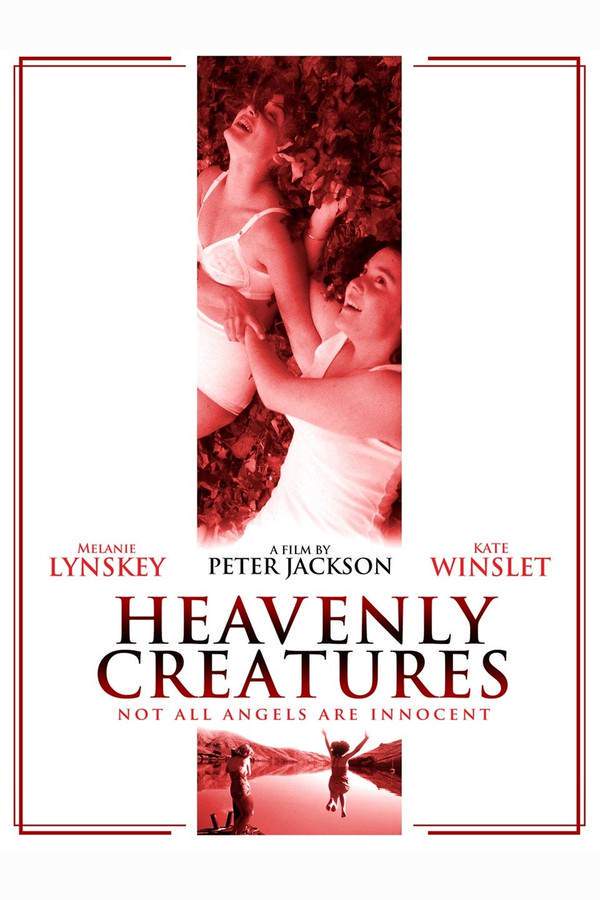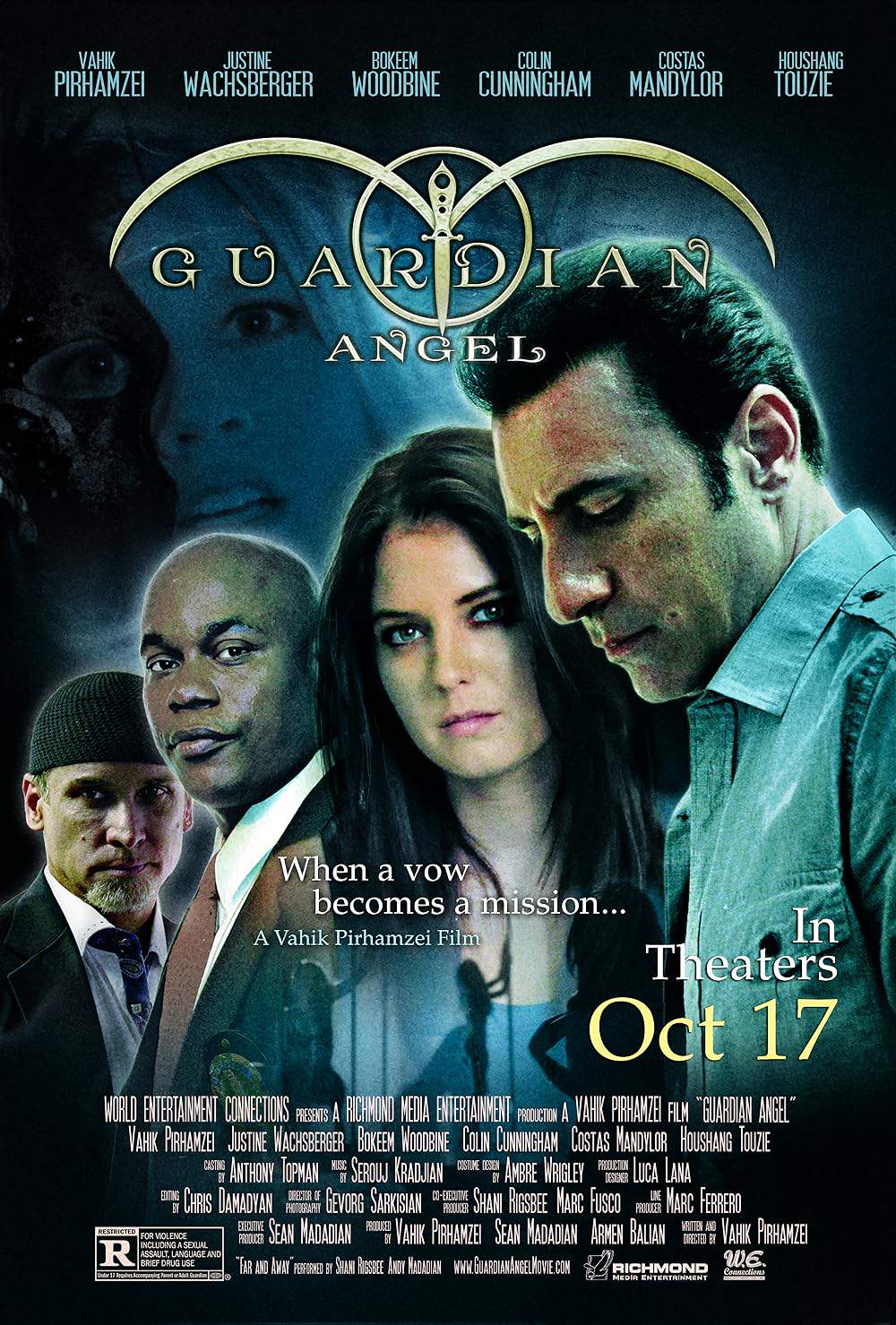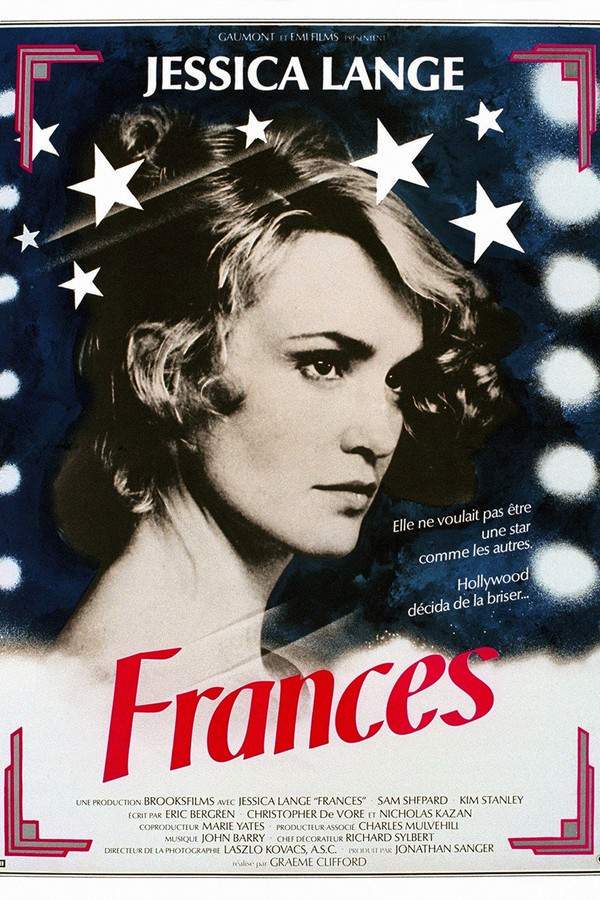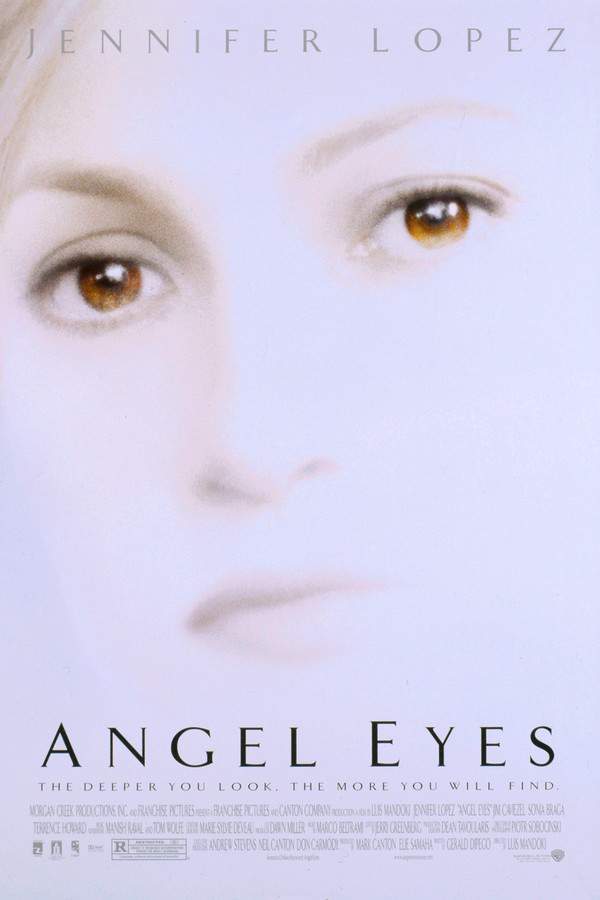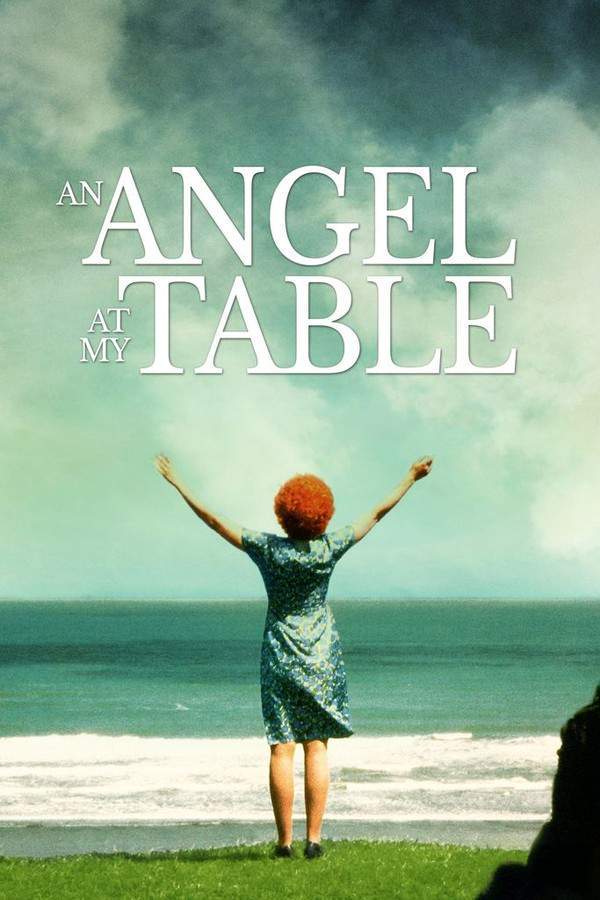
An Angel at My Table
Year: 1990
Runtime: 158 min
Language: English
Director: Jane Campion
This biographical drama explores the challenging life of New Zealand writer Janet Frame. It follows her journey through poverty, loss, and periods of mental illness, revealing the childhood traumas and institutionalization she faced. Despite these hardships, Frame's strength and creativity shine through her writing, ultimately leading to recognition and a path toward personal liberation. Kerry Fox delivers a poignant performance as the remarkable author.
Warning: spoilers below!
Haven’t seen An Angel at My Table yet? This summary contains major spoilers. Bookmark the page, watch the movie, and come back for the full breakdown. If you're ready, scroll on and relive the story!
An Angel at My Table (1990) – Full Plot Summary & Ending Explained
Read the complete plot breakdown of An Angel at My Table (1990), including all key story events, major twists, and the ending explained in detail. Discover what really happened—and what it all means.
Janet Frame is born in New Zealand’s South Island, where her early life is deeply influenced by her love for literature. As a child, she engages with the works of Grimms’ Fairy Tales and writes her own poetry. After finishing primary school, she seeks out further literary inspiration at her local athenaeum. Janet enjoys a close bond with her sisters, Myrtle and Isabel, along with friendships with Poppy and Marguerite. One fateful afternoon, while Myrtle goes swimming, she tragically drowns, leaving Janet to grapple with the immense sorrow of losing her sister. This event leads Janet into a profound state of depression, prompting her to destroy her childhood poetry.
As she grows into adulthood, Janet becomes increasingly introverted and struggles with her mental health. While attending university and living with her Aunt Isy and Uncle George, she pursues a career as a teacher. However, after a disheartening visit from an inspector in 1945, she abandons teaching and instead works as a nurse. Eventually, the weight of her emotional distress overwhelms her, and she attempts suicide by taking a bottle of aspirin. Following this incident, she is placed on medical leave and admitted to a psychiatric ward, where she is diagnosed with schizophrenia.
Life brings further heartache when Janet faces the loss of her sister Isabel, who drowns in Picton Harbour. To cope with this tragedy, she immerses herself in writing and is admitted to Sunnyside Hospital, where she undergoes electroshock therapy. In 1951, while still hospitalized, she achieves her first literary success with the publication of The Lagoon and Other Stories, which goes on to win the Hubert Church Memorial Award. Once released from the hospital, she stays briefly with the author Frank Sargeson, where her first novel, Owls Do Cry, is also published.
In 1956, Janet leaves New Zealand behind, heading to London on a literary grant. She enjoys a brief stay in Ibiza, where she shares a room with an American student named Bernhard. Their budding romance takes a turn when Bernhard leaves at the end of the academic semester, and Janet finds herself pregnant, ultimately suffering a miscarriage. In 1958, seeking help once more, she re-enters a psychiatric ward under the care of Dr. Cawley, who later determines that Janet’s previous diagnosis was incorrect; she had merely suffered from the effects of extended hospitalization. Encouraged by Dr. Cawley to articulate her experiences, Janet writes another novel, Faces in the Water, which garners her further acclaim.
Once her success catches the eye of her publisher Mark Goulden, she is encouraged to pen a bestselling book. Mark arranges for Janet to move to Knightsbridge, where she mingles with fellow authors Alan and Ruth Sillitoe. However, Janet receives the heartbreaking news of her father’s passing, leading her back to New Zealand. There, she faces the media, engages with a local journalist, and dives back into her writing, not just as a means of coping, but as an essential part of her identity.
Last Updated: May 12, 2025 at 07:03
Unlock the Full Story of An Angel at My Table
Don't stop at just watching — explore An Angel at My Table in full detail. From the complete plot summary and scene-by-scene timeline to character breakdowns, thematic analysis, and a deep dive into the ending — every page helps you truly understand what An Angel at My Table is all about. Plus, discover what's next after the movie.
An Angel at My Table Timeline
Track the full timeline of An Angel at My Table with every major event arranged chronologically. Perfect for decoding non-linear storytelling, flashbacks, or parallel narratives with a clear scene-by-scene breakdown.

Characters, Settings & Themes in An Angel at My Table
Discover the characters, locations, and core themes that shape An Angel at My Table. Get insights into symbolic elements, setting significance, and deeper narrative meaning — ideal for thematic analysis and movie breakdowns.

Similar Movies to An Angel at My Table
Discover movies like An Angel at My Table that share similar genres, themes, and storytelling elements. Whether you’re drawn to the atmosphere, character arcs, or plot structure, these curated recommendations will help you explore more films you’ll love.
Explore More About Movie An Angel at My Table
An Angel at My Table (1990) Scene-by-Scene Movie Timeline
An Angel at My Table (1990) Movie Characters, Themes & Settings
An Angel at My Table (1990) Spoiler-Free Summary & Key Flow
Movies Like An Angel at My Table – Similar Titles You’ll Enjoy
Angel (2009) Full Movie Breakdown
Angel of Mine (2019) Full Movie Breakdown
The Stone Angel (2008) Movie Recap & Themes
A Mouthful of Air (2021) Story Summary & Characters
Heavenly Creatures (1994) Plot Summary & Ending Explained
Angels Wear White (2018) Movie Recap & Themes
Guardian Angel (2014) Full Movie Breakdown
Ordinary Angels (2024) Full Movie Breakdown
Frances (1982) Plot Summary & Ending Explained
Attenberg (2012) Full Movie Breakdown
The Angel (2018) Ending Explained & Film Insights
Angels Crest (2011) Full Movie Breakdown
Angel Eyes (2001) Full Summary & Key Details
Acute Misfortune (2020) Full Movie Breakdown
Anne at 13,000 ft (2021) Plot Summary & Ending Explained




